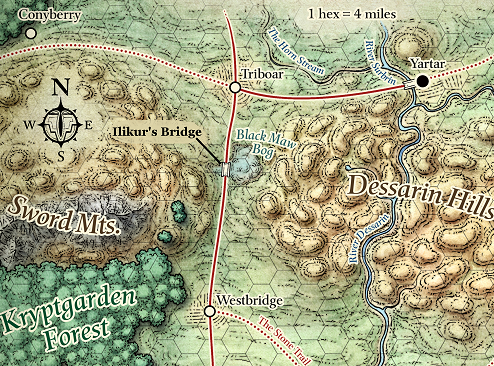

The line finally closed in 1965 – a victim of the 'Beeching axe' – but the 18-mile section between Pickering and Grosmont was brought back to life in the 1970s by a determined and enthusiastic group of volunteers. The railway line through Newtondale dates back to the earliest days of steam in the 1830s, when famous railway engineer George Stephenson was asked to plan a line between Whitby and Pickering. Please keep your dog on a lead in the field near Kale Pot Hole Farm as livestock may be present. You can let your dog off the lead in Forestry England woods, but always make sure that they are under control. Some of these tracks are occasionally closed for tree-felling or other operations, although the land is usually always open at weekends. Parts of the walk are on paths and tracks over Forestry England open access land. There are two gates at Kale Pot Hole Farm, but no stiles en route.

The data are structured following the Vector Productįormat (VPF) and can be downloaded from GIS-Lab.The route follows quiet lanes, forest tracks and paths, with several ascents and descents which are steep, uneven and rocky in places. VMap0 provides worldwide coverage of geo-spatial data and is equivalent to a scale of 1:1000000. The GTOPO data are also available from USGS. In some cases the SRTM or GTOPO30 dataset failed to include small islands, and in other cases the islands are slightly mispositioned. Lowland areas containing only few elevation information appear most likely single-colored. Some rivers and other objects may appear in unnatural colors. Because one color is used for each ground level, the coloring does not reflect the natural colors of scenic objects. Where data voids were extrapolated or where SRTM data were replaced by the lower resolution GTOPO30 data.
Deadstone cleft map no grid free#
GTOPO30 is another free geographic dataset with a resolution of 43200 x 21600 pixel used to cover regions where SRTM data are not available. The original SRTM data are available from USGS. These data voids tend to occur over water bodies (lakes, rivers, coasts, etc.), areas with snow cover and in mountainous regions. The original data came with data voids indicating insufficient contrast in the radar data. The relative horizontal accuracy is about ±ġ5 m, the relative vertical accuracy about ± 6 m. All tiles together represent an image sizedįor technical reasons data are available between 60 degrees North and 56 degrees South latitud only. Each tile of thisĭataset contains 1201x1201 samples which is equipollent to a 90 m grid resolution at equator. A degree of latitude measuresġ11 kilometers North South, a degree of longitude measures 111 kilometers East West or less, decreasing away from the equator. SRTM data was processed into geographic tiles, each of which represents one by one degree of latitude and longitude. SRTM flew on board the Space Shuttle Endeavour in February 2000 and used an interferometric radar system to map the topography of Earth's surface.Įndeavour was launched in an orbit with an inclination of 57 degrees which allowed to map all of the Earth's landmass that lies between 60 degrees Department of Defense (DoD), and the German and Italian space agencies. Geospatial-Intelligence Agency (NGA) of the U.S. The mission was a cooperative project between the National Aeronautics and Space Administration (NASA), the National SRTM (Shuttle Radar Topography Mission) was developed to collect three-dimensional measurements of the Earth's surface to generate a near-globalĭigital elevation model (DEM). Although not required, a link to is appreciated.

Without attributing the original author or source. You are free to adapt and use the relief maps and relief layer for commercial purposes MFF-maps are released under Creative Commons CC0. The vision of Maps-For-Free is to offer free worldwide relief maps and other layers which can easily be integrated into existing map projects.


 0 kommentar(er)
0 kommentar(er)
